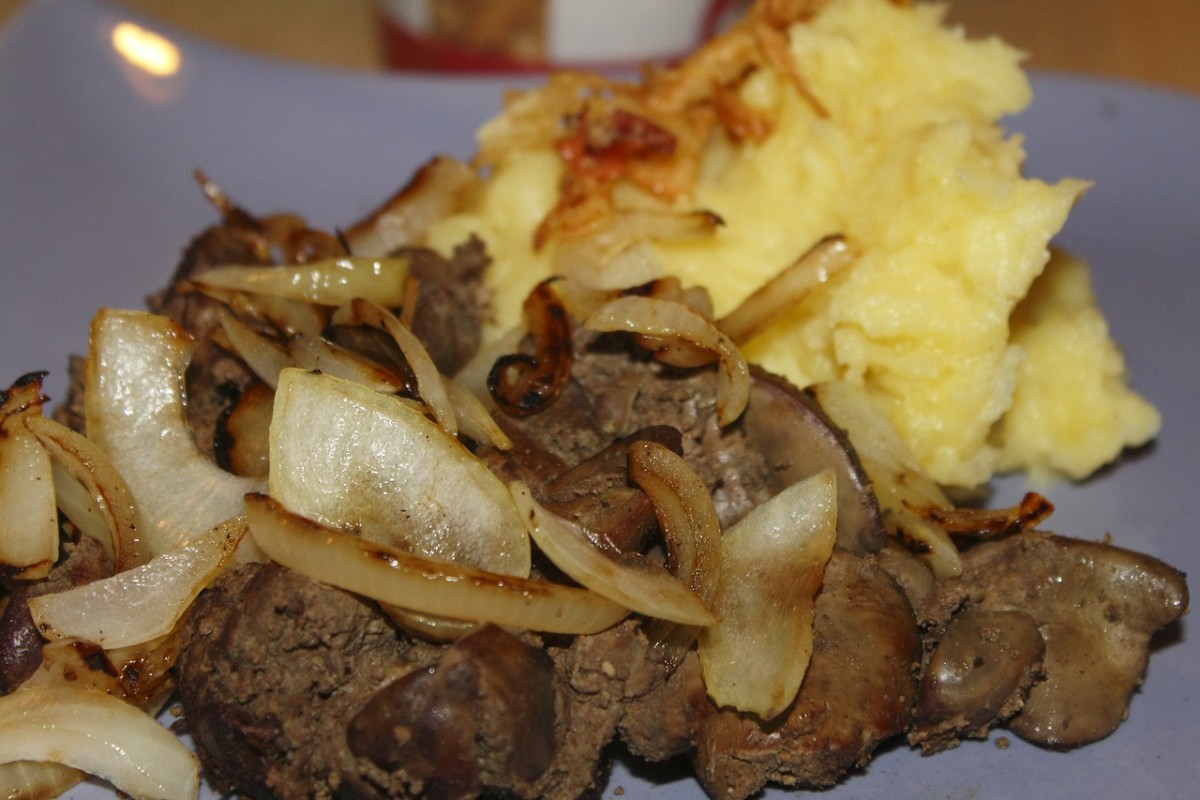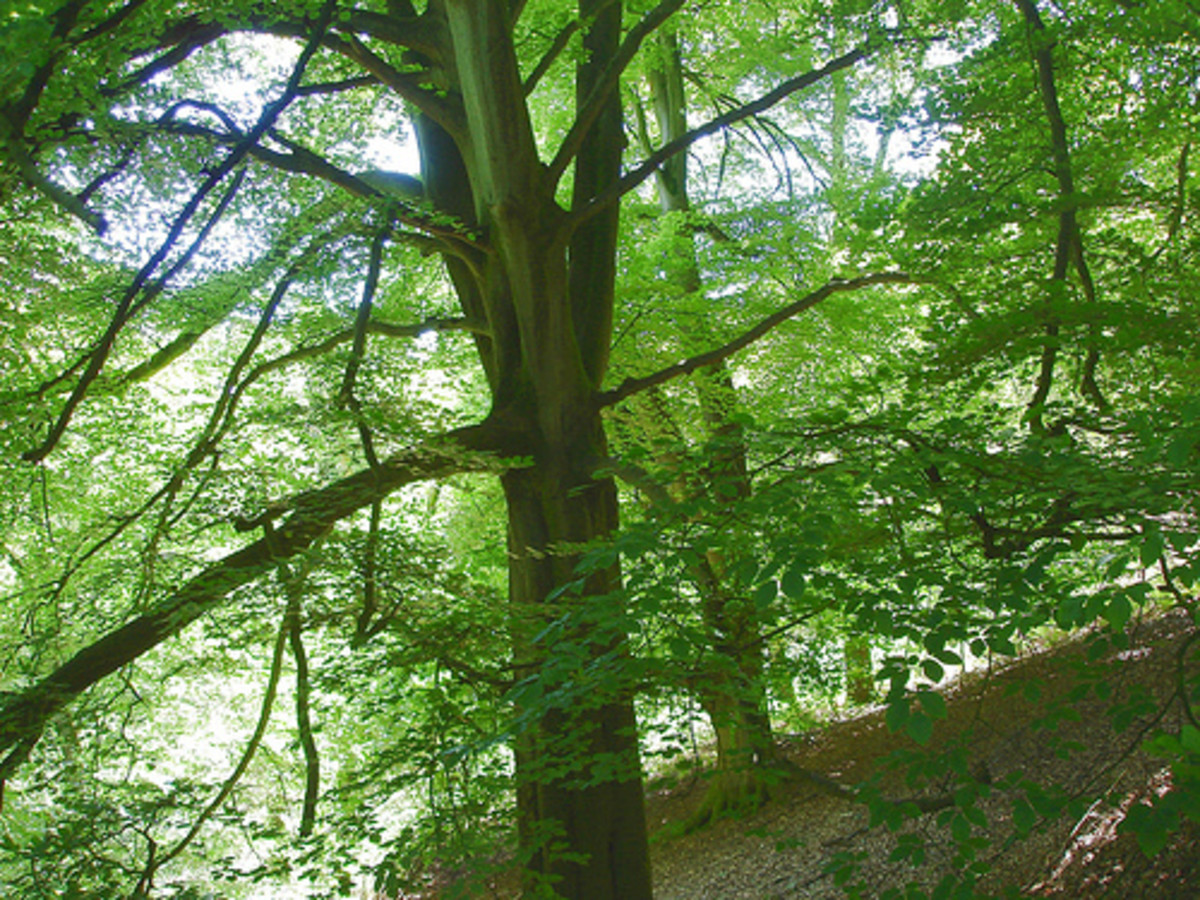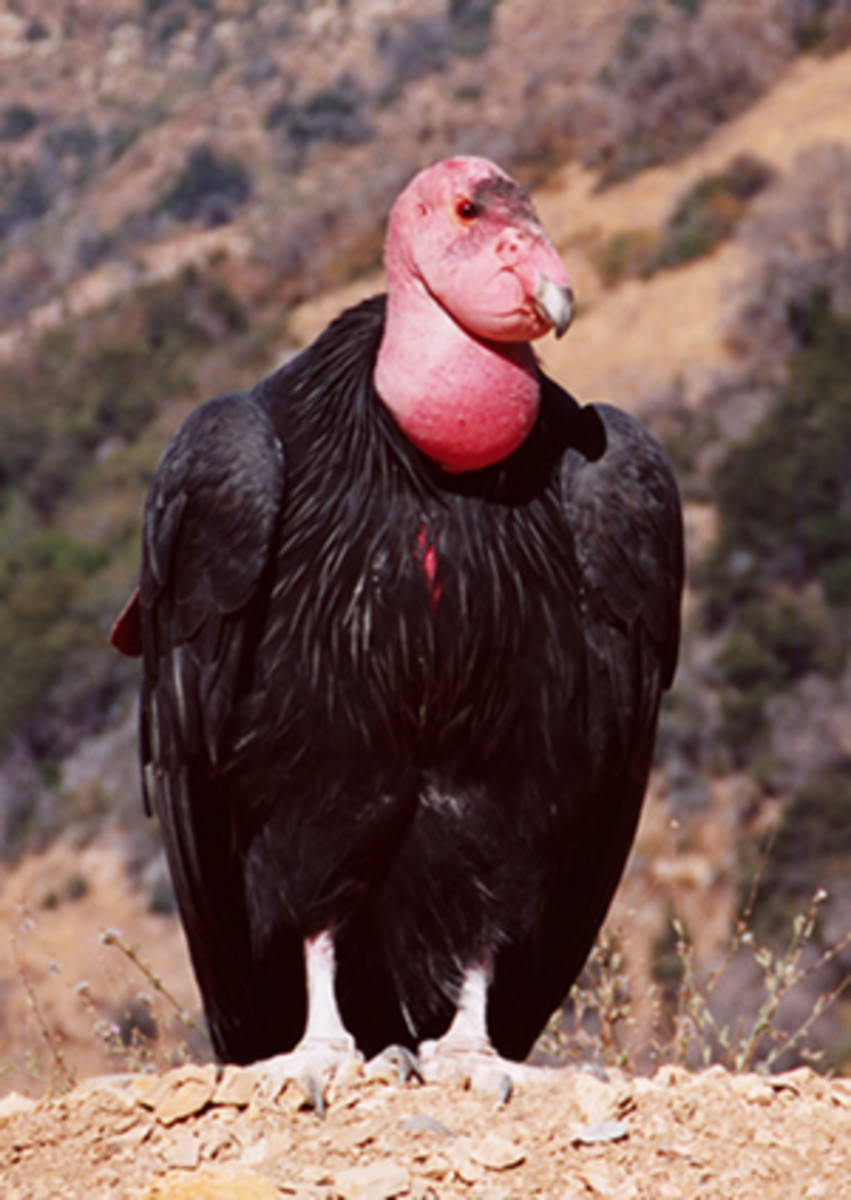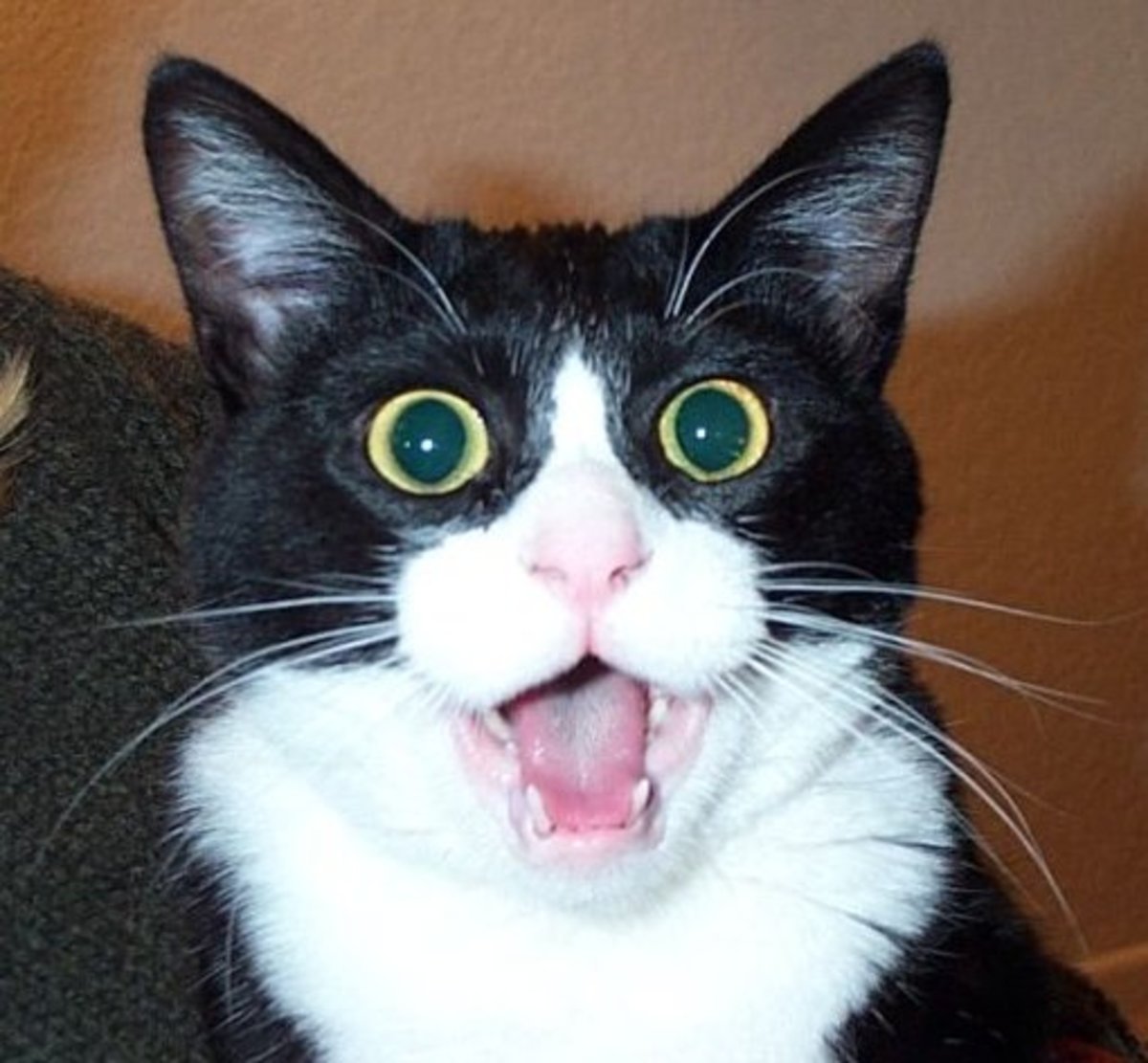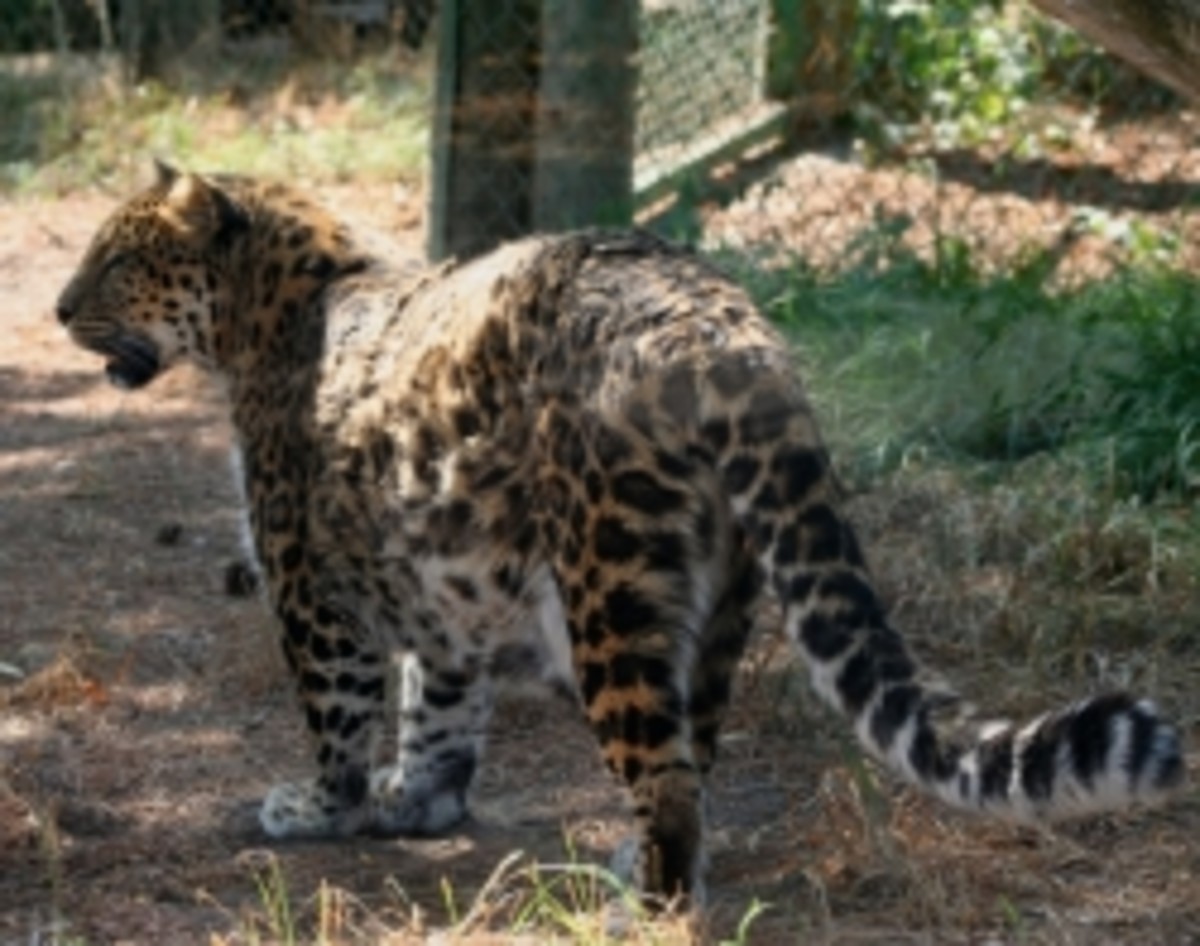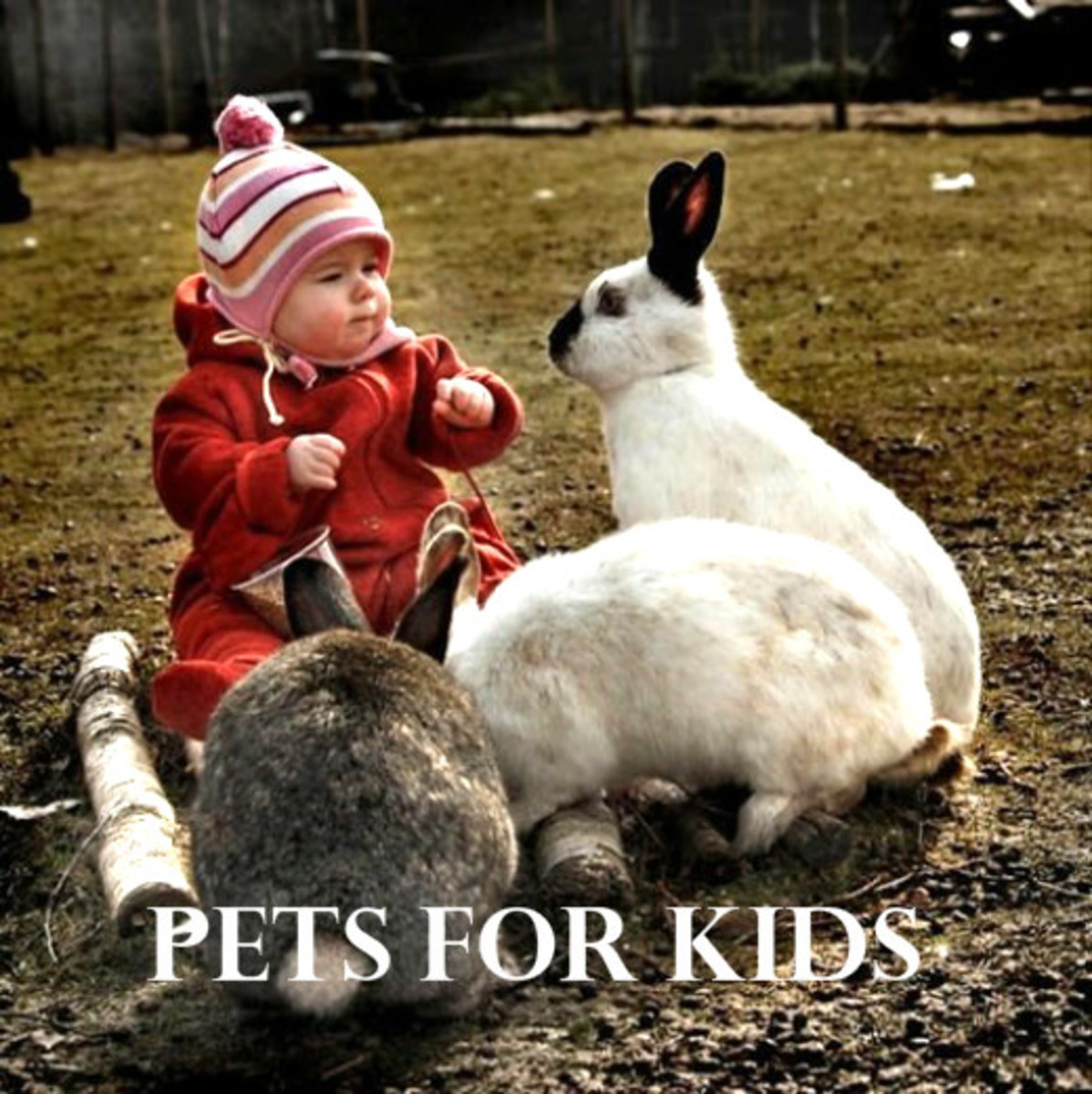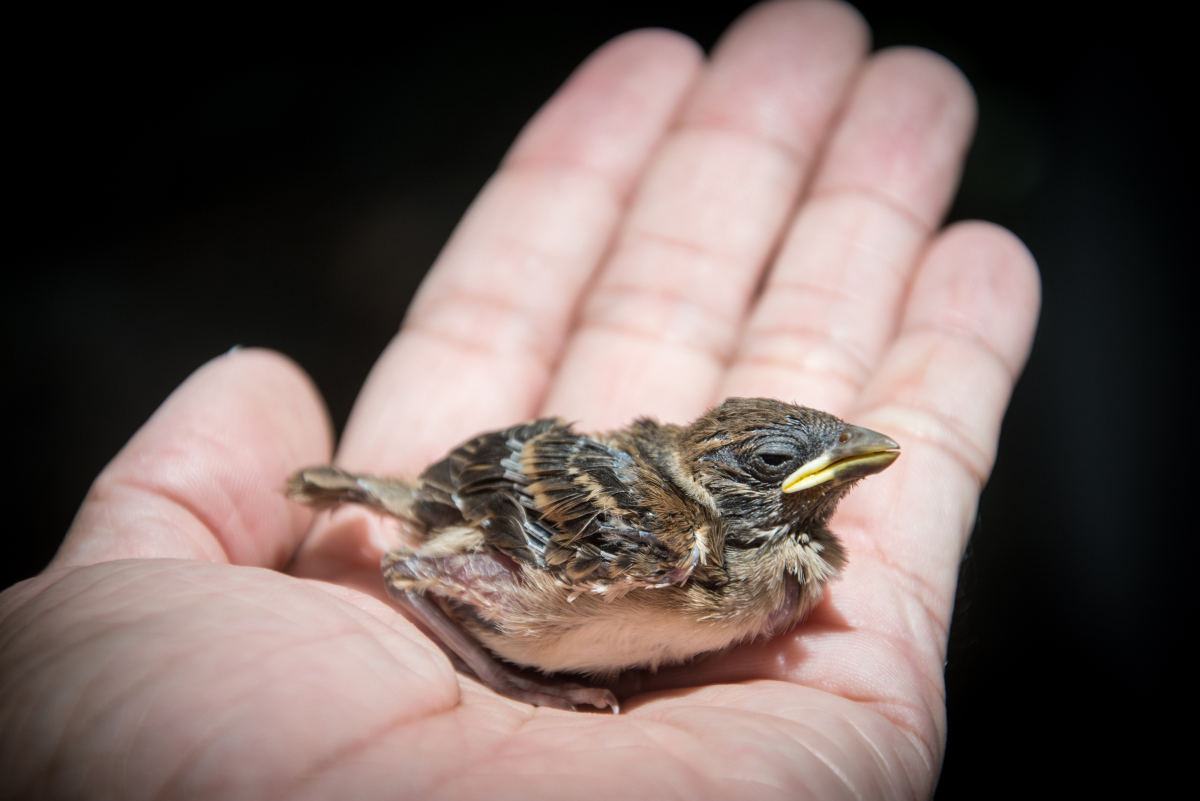Forest of Dean Wild Boar
Life’s Never A Boar In The Forest Of Dean!
Following an absence of more than 300 years, wild boars have made a definite comeback to the Forest of Dean and other parts of southern England. Nobody knows exactly how these creatures have come to start populating this rural part of Gloucestershire once again, but there are several rumours which range from a controlled and strategically planned release to the animals having been kept as farm livestock and escaped on their way to the abattoir. Whatever the reason, it would now appear that this new addition to the Forest’s fauna is here to stay and as the population has increased markedly over the years, efforts have had to be taken to control the numbers already.
Just call me Gerald! Forest of Dean Wild Boar
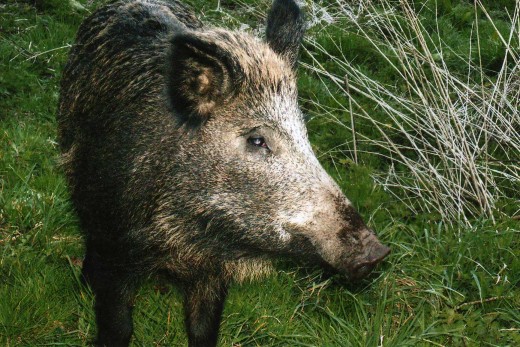
Wild Boars Used To Run Wild
The original wild boar species, which was indigenous to the UK, is believed to have become extinct as far back as the 13th century. The animal was re-introduced into the country during the 17th century, but as it was viewed as such a pest, particularly to agriculture, it was hunted to extinction once more. From then on, reigning monarchs made several attempts to re-establish the population, primarily for hunting, but these attempts always proved to be futile.
It was not until the last couple of decades and especially the last 4 or 5 years that wild boar were successfully able to breed in the wild and strengthen their numbers. The Forest of Dean wild boar population is growing particularly strong and contributes to a total number of boar in the UK anticipated at around 500. Numbers maybe higher that this, however, and DEFRA (Department for Environment, Food and Rural Affairs) themselves admit that this number could potentially be over the 1,000 mark by now.
This unexpectedly successful re-introduction of such a large species of animal has certainly taken most people by surprise. DEFRA has acknowledged this situation and has gone to the trouble of producing the report: Feral Wild Boar in England: An Action Plan. You can read this document on the internet here.
Forest of Dean Wild Boar in Whitecroft
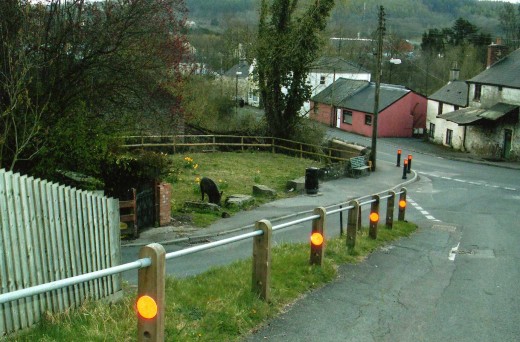
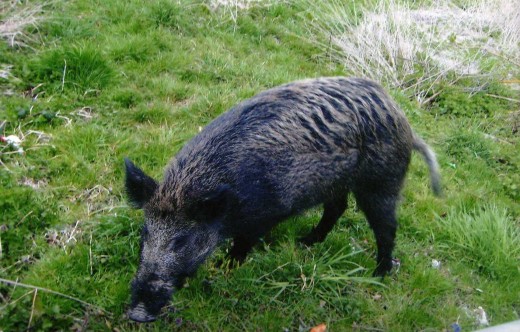
Living With Wild Boar In The Forest Of Dean
Many residents of the Forest of Dean have now become accustomed to living alongside this wild boar population. Indeed, some are regularly feeding some of the boar and one boar in particular living in and around Whitecroft village (I rather affectionately call him ‘Gerald’ - he just looks like a Gerald!) has acquired a taste for the better things in life, as he now turns his snout up at ordinary bread, in favour of paninis instead.
Yes indeed. Who has been feeding him panini? And more to the point, is this wise? Not according to my neighbour opposite, who left 3 small boys in the lounge watching TV and went out to the car to fetch something, and looked up to see the boar standing half in, half out of their kitchen. Terrified the boar would go in or that one of the children would startle it, he was quick-thinking enough to rustle a crisp packet from the car and the boar backed back out of his house!
The pictures to the right are taken from right outside my house, with the boar wandering happily about last summer. Boar watching became a popular pastime for the local kids and adults alike.
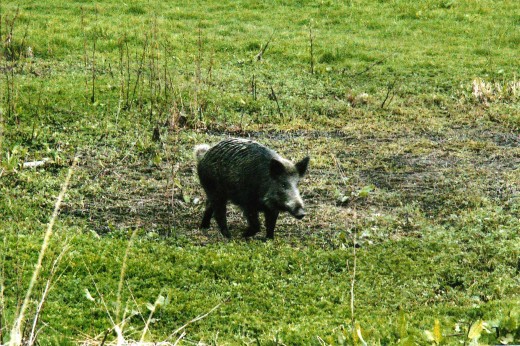
Forest of Dean Wild Boar in Whitecroft (This is where we walk the dogs most days on the way to or from the Forest tracks!)
But to inject some balance, there would seem to be a lot of really positive stories from the people living with wild boar in the Forest of Dean. Many, who have been lucky enough to spot them, will quite happily relay their experience as having been a remarkable moment for them and they will often state that they felt privileged to witness such a large animal in the wild. (I'd love to agree, but I've not been lucky enough to see one in the wild - walking down the street outside your front door isn't wild in my book, nor "in its natural habitat!")
Perhaps this is because we in Britain are not used to encountering larger mammals ordinarily. For most, a squirrel may be the largest animal that we may ever see running wild, therefore it is not difficult to empathise with these sentiments.
Alas, but somewhat understandably, the residents connected with the local farming industry do not seem to hold the same sentiments. They have far more at stake here, after all, and the boars typical behaviour of ploughing up earth in order to reach its sources of food, can and does lead to extensive damage and some financial burden. The farming community’s concerns and opinions have been taken into consideration by DEFRA and action has already been taken to attempt to manage the population of wild boar and keep it under control, through controlled culling programs.
The action utilised was far from being to everyone’s agreement. Many environmentalists claim that the wild boar is not responsible for half of the damage the farming industry may suggest and they believe that the churning over of earth is actually very beneficial to the natural ecosystem. Bluebells are just one example of a type of endangered plant species which is known to take full advantage of this.
- Wild boar are shortsighted - fact.
- Wild boar are shy - fact.
- Wild boar get hungry - fact.
Draw your own conclusions from the above - it's not hard to work out. I love having wild boar on my doorstep (well OK not on the doorstep but in the Forest), but they are called WILD Boar for a reason.
Lovely to look at, but these animals should be left wild, and when they venture into our villages, DO NOT FEED OR ENCOURAGE THEM. At best they'll become a nuisance. At worse they will be run over, or a child or dog will be injured or killed, and then the boar will have to be shot - unnecessarily.
Sorry Gerald, no more panini for you! Go dig up some grubs. It's better for your digestion anyway.
Wild Boar Piglet
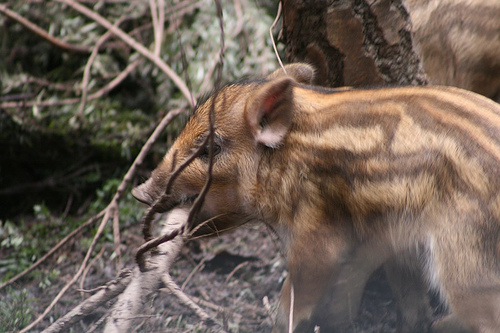
Forest of Dean Wild Boar in a garden!
The Misunderstood Wild Boar
In general, these ‘bad press’ news stories seem to be remembered far more readily and with more longevity than the good things that we hear about these creatures, who are now just trying to get on with their lives. Luckily enough though, there are many people that are willing to stand up for these misunderstood animals and there is information available on the internet that will provide you with a better understanding of wild boars. They are believed to be far more elusive usually and this elusiveness will become more and more apparent as the boars are given further reasons to fear man. There is one site that you may find especially interesting in this regard: click here for information.
As you will see through the above link, wild boar are not nearly as aggressive as many people may believe. Like any species of animal, they will defend their young and this is one of the reasons why you should not attempt to look for boar in February, which is the main month for them to produce their young.
Bad Boars Making News
It probably doesn’t help the Forest of Dean wild boar’s cause when news stories start to paint this animal as being somewhat of a nuisance and even a potential threat to people’s safety. This has unfortunately been the case recently though as adverse news stories have started to surface.
Back in January 2008, for example, one male wild boar had to be shot at Ruardean Primary School, as the Forestry Commission deemed that the animal posed a real risk to the health and safety of pupils, staff and parents. Whilst this form of action was bitterly regretted, at the time, it was established that there was no other way to deal with an angry boar that had started to charge at people on the school grounds. You can read more about this story here.
Another sounder (the collective noun for a herd of wild boar) caused a nuisance during a Saturday afternoon football match at Soudley Recreation Ground. When they started ploughing up the pitch which had recently been resurfaced after £1,000 had been raised through fund raising. It suffices to say that this match had to be called off! Whoops… this probably wasn’t the wild boar’s greatest moment! There is more on this here.
The Beast of Dean or the Moose Pig is a local legend.
Nick Redfern, in an article publicising his latest book "Monsters of Texas" describes that "a Forest of Dean legend tells of a Godzilla-like boar, known as the Beast of Dean or the Moose-Pig, which was said to have terrorised local villagers in the early part of the 19th century. So the story goes, in 1802, utterly tired by being harassed by the mysterious giant boar which, reputedly, was large enough to have felled trees and crushed hedges and fences, farmers from the village of Parkend undertook an expedition to capture and kill the creature, but found nothing whatsoever. The legend, however, still lives on." Nick Redfern’s latest book is Monsters of Texas, co-written with Ken Gerhard (CFZ Press, June 2010), and looks to be a great read!.
No matter what the reason for their presence back in the wilds of Gloucestershire, or indeed any part of the country, it must be remembered that they didn’t ask to be put there. But, there they are now and they are just trying to live an existence that is instinctive to them. DEFRA has already carried out an investigation into the potential spread of diseases by wild boar and it would appear to have concluded that all such threats to farmer’s livestock are low.
All-in-all, wild boar seem to have adjusted remarkably well to the rural location of the Forest of Dean and depending what side of the farming fence you are situated on, you may either love their presence in the area, or believe that they are a real nuisance and massive threat to the farming industry. Let us hope that more investigations will be carried out that will prove that the wild boar fall within the former category and that they are a welcome new addition to the fauna of the United Kingdom.
Update - November 2011 Wild Boar in the Forest of Dean
A census of wild boar is currently being undertaken using night vision technology to estimate the accurate numbers. Results will be published in February 2012. Latest estimates are 350 wild boar but many of us living here believe this to be far too low.
Between April 2010 and March 2011, the Forestry Commission culled 123 wild boar in the Forest, and the cull target for this year was set at 150. But since April 2011, already 154 animals have been culled or have died in road traffic accidents. Three weeks ago I narrowly avoided totally my car just opposite Cannop Pond where two HUGE boar were gambolling about in the middle of the road at twelve noon one Tuesday lunchtime. They are so solid I have no doubt my car would have been wrecked. In view of the high number of deaths so far, for the rest of the year the Forest rangers have reported that they will only shoot boar that are injured now, at the request of police. So no more culling for this year.
More stories here:
- BBC News - Forest of Dean rangers battle to meet boar cull target
Under-manning is blamed for Forest of Dean rangers' struggle to meet target for culling wild boar. - BBC News - Forest of Dean campaigners want wild boar culling rules changed
Conservationists in the Forest of Dean call for a change in the rules on the culling of wild boar. - BBC News - Forest of Dean wild boar census to estimate numbers
A census takes place as the Forestry Commission aims to reliably estimate the numbers of wild boar in the Forest of Dean.
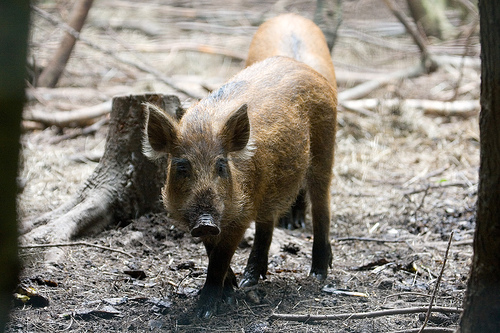
Want to See Forest of Dean Wild Boar?
There is an excellent guide to recognising wild boar signs. Check here for full details at Britishwildboar.org.uk
And there are some great pictures of Forest of Dean Wild Boar here.
Wild Boar in the Forest of Dean
This hub brought to you...
by Julie-Ann Amos, professional writer, and owner of international writing agency www.ExquisiteWriting.com
Why not create your own HubPages? It's fun and you can make revenue from Adsense and other revenue streams on your pages. JOIN HUBPAGES NOW
This work is licensed under the Creative Commons Attribution-Non-Commercial-No Derivative Works 3.0 Unported License. To view a copy of this licence, visit http://creativecommons.org/licenses/by-nc-nd/3.0/ or send a letter to CreativeCommons, 171 Second Street, Suite 300, San Francisco, California94105, USA.

